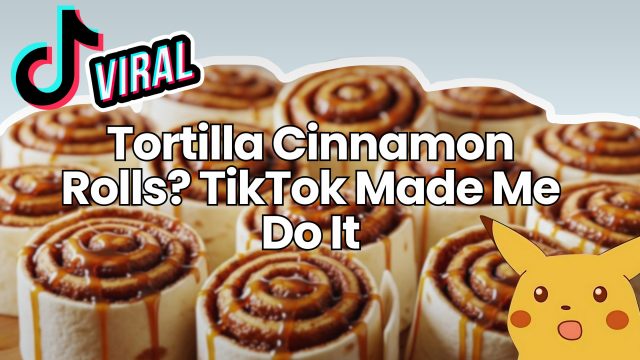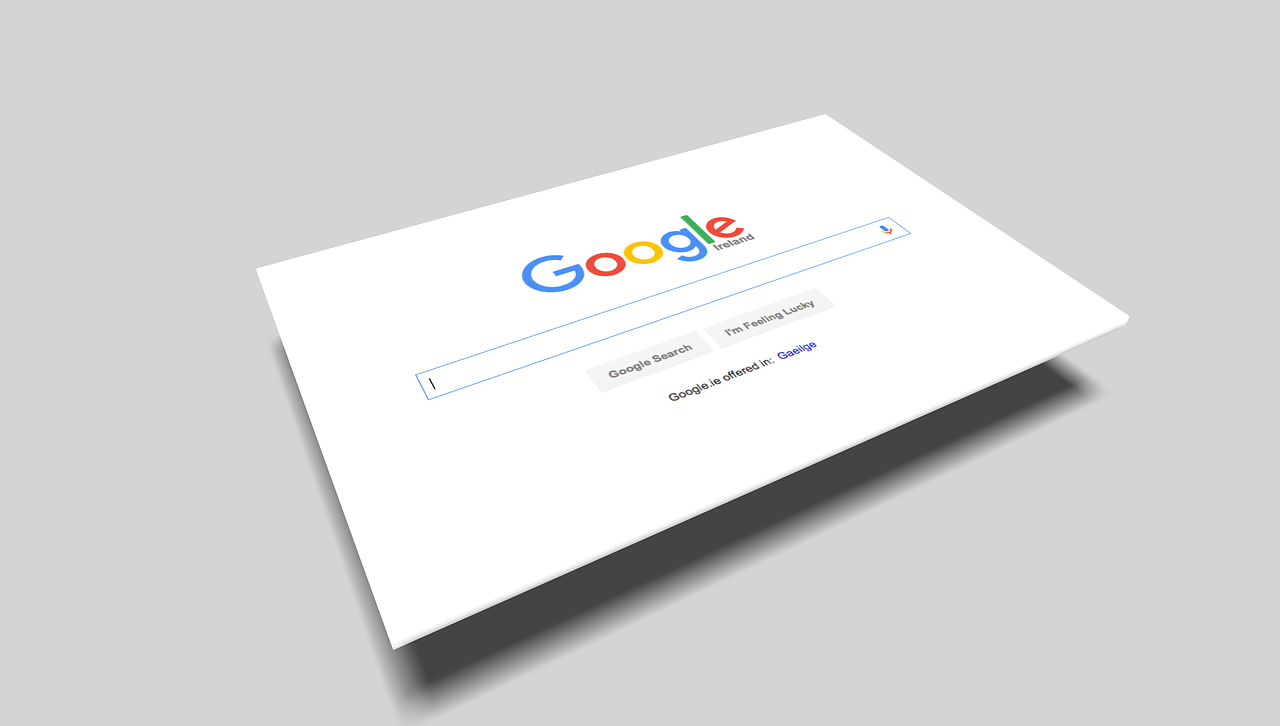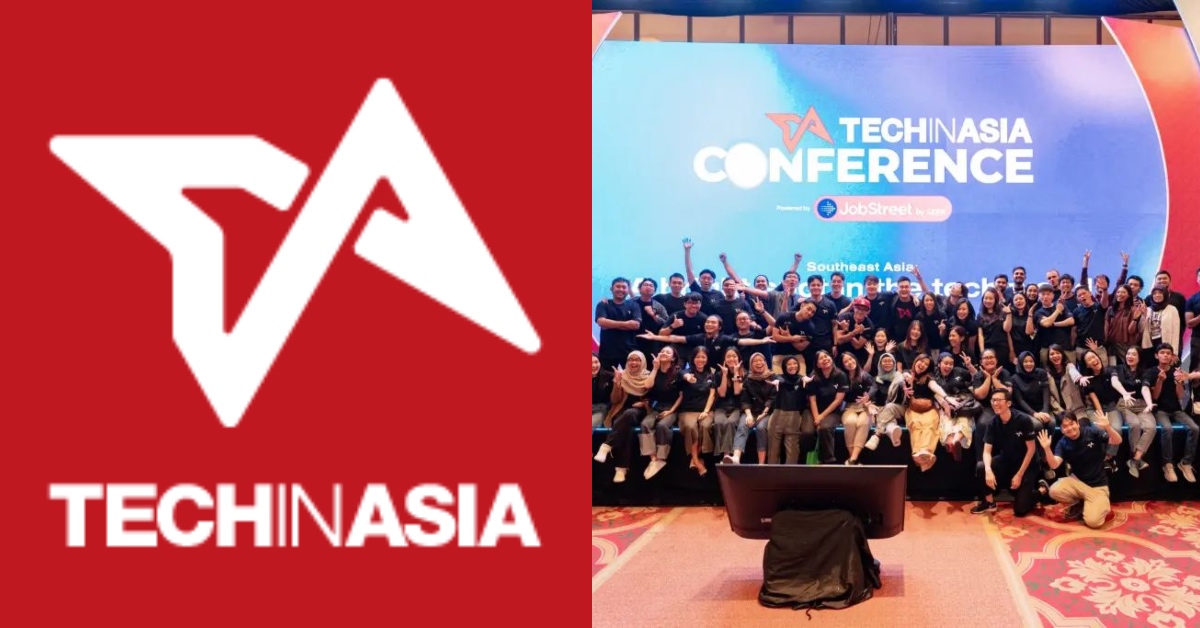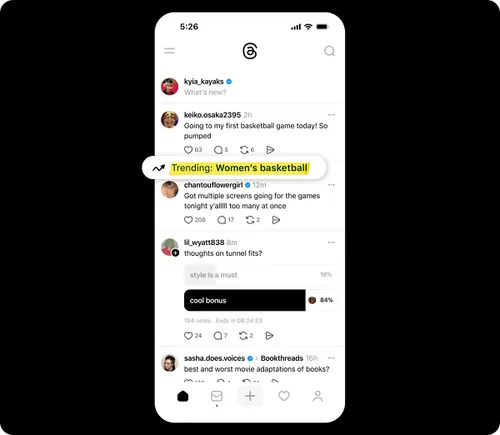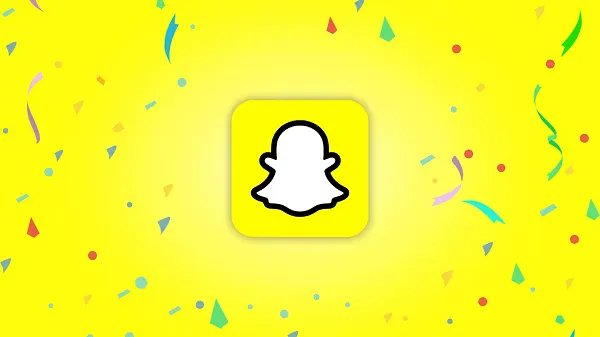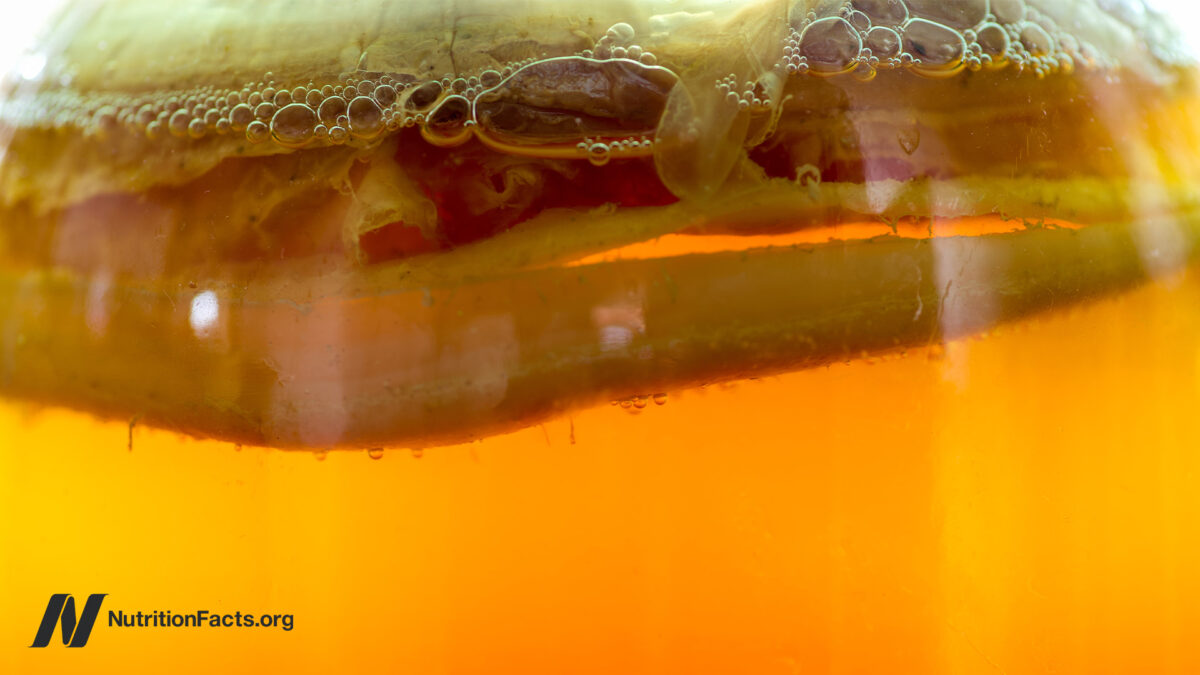TikTok creators Tinx and Rod Thill share advice for brands signing influencer brand deals
The two creators spoke at Ad Age's Creator Summit on Tuesday.

When it comes to signing influencers and creators for partnerships or social campaigns, there is a code of etiquette marketers must follow. That is according to TikTok personality Rod Thill and Christina Najjarm, the lifestyle creator known online as Tinx, who shared advice for how brands can forge deeper relationships with influencers during Ad Age’s Creator Summit on Tuesday.
Below are some tips from Thill, who has amassed a following of 2.3 million across platforms making content for the millennial work-from-home crowd, and Tinx, whose pop culture takes, dating advice and satirical posts have led to 1.5 million followers on TikTok.
Make the pitch personal
It’s important for brands to always do their homework. While a sweeping campaign may require multiple creators, both Thill and Tinx emphasized the importance of knowing why a potential partnership is tailored to them and their audience. Indicating why a creator is the right pick for a campaign will also help guide the process and end product.
“If there’s nothing about me in the brief or even a link to a video that you’ve liked, I will always ask what drew this brand to me for a partnership. Because if I don’t know what video they saw that they liked, I don’t know how to create my personality in their video,” said Thill. “No one wants to feel like another name on a checklist.”
Tinx said that it also makes the partnership more appealing to know the brand is watching her content and she can seamlessly incorporate it. For example, she mentioned being on “a granola kick” and having a handful of granola brands reach out offering to send product samples. Organic introductions like this can be an entry point for incorporating brands into a creator’s routine and lead to a long-term relationship.
Also read: 11 ‘granfluencer’ accounts changing influencer marketing
“Looking for those natural openings and being nimble on your social media as a brand can be so powerful,” said Tinx. “Taking those little windows and saying, ‘Just try it and if you like it, then that’s great’ [can be] the first step towards a bigger partnership.”
More broadly, personalizing a partnership with creators can have a larger payoff for brands as die-hard audiences can easily sniff out a fake. For Tinx, the creator said a bird food deal would look phony because she’s known as a cat person.
“Audiences are smart,” said Tinx. “They’re with me all the time. They notice if something is suddenly missing.”
Be open to co-creation
Being open to working with an influencer throughout the entire creative process is ideal for having the largest impact, both creators said. The value of the partnership is in letting a creator disseminate a brand’s message to their followers, whom they know best and can reach through creative freedom.
“If you’re a brand and you’re going to work with a creator, you have to trust them,” said Tinx. “And you’re paying money so then pay money for their creativity and what they're good at, which is knowing their audience.”
While Tinx said she’ll likely consider a brand deal regardless of what point in the creative process she is brought in, the sooner the better. Whether that’s through a natural introduction, such as with the granola brands, or a more formal pitch, Tinx’s ideal timeline is at the beginning of ideation, when she can offer input into the platform and format.
A recent collaboration Tinx did with Tabasco originated organically, as she has long been a fan of the brand and had created videos of her putting hot sauce on salads. Tinx approached Tabasco, which turned into the brand’s first influencer collaboration. Tabasco granted Tinx access to their facilities to create content, and eventually to co-create a hot sauce salad dressing together.
Read more: Inside Tobasco's collaboration with Tinx
Similarly, Thill values brand connections that allow him to lend his voice to the marketer’s message. Rather than sending the same script to each creator or interjecting the brand’s verbiage into Thill’s script, he prefers collaboration to make sure both parties are represented.
“That’s the biggest trend that we need to lean into is authenticity,” said Thill. “That’s why people follow creators, right?”
Creators are humans
During his panel, Thill emphasized the importance of caring for one’s mental health—something he urged brands to help support. The ways brands can do this is by “maybe not emailing on a Sunday night saying you need something Monday morning,” Thill said. He also said brands can foster healthy relationships by simply being understanding.
“If you want it to be the best that it can be, I need time to make it the best that it can be,” said Thill. “So, I think just understanding that [creators] are human” goes a long way.
On a similar note, Tinx called for greater transparency with brand partners so she can accommodate their needs. She said past partnerships have been successful because of the cohesiveness of both vision and process.
“It’s really difficult to deliver on what they want if you don’t know what you want,” she said.
Understand the algorithm
Not all KPIs are fit for a social campaign. Thill emphasized the importance of understanding how the TikTok algorithm—or that of any social platform—prioritizes content. A recurring red flag for the creator is when brands request click-through links, or requiring an influencer to include links in their content that take viewers to external websites.
Thill explained that TikTok prioritizes content that keeps users on the app and de-prioritizes content that pulls them away. It also scans dialogue and overlaid text for its algorithm even over hashtags and text used in a caption. When a brand doesn’t understand this, and makes clicks a primary metric for the partnership, the deal is a quick no-go.
“TikTok’s goal is to stay on TikTok,” said Thill. “So if there’s anything pushing off TikTok, even if you tell your client to put a link in their comments, TikTok blocks that comment.”
An alternative might be to have a creator put a link in their profile that they might redirect users to. But rather than thinking of workarounds, an ideal partnership takes the platform into account.
Social media is always changing, and so should brands
Social platforms are constantly evolving, which creates an ecosystem that requires brands to stay on top of developments in order to remain relevant. For example, as TikTok faces a potential ban in the U.S., other apps such as Lemon8 are coming to market. (Lemon8's owner, ByteDance, also owns TikTok.)
“Am I nervous [about the TikTok ban]? Yes,” said Tinx. “Would I be devastated if it went away? Yes, but I do think that my community would adapt and we would find new ways to connect.”
Tinx credited the fast-paced nature of social trends to the adaptiveness of audiences. Scrolling through TikTok in 2020, when the app grew exponentially during the pandemic, looked very different than a “For You” feed in 2023. Whether it’s because audiences’ interests are changing or “because of what’s going on in the world,” the creator said the days of dance trends and skits seem to have passed. Or, perhaps it's due to shifts in utility, as TikTok looks to become a viable search engine with more how-to and informational content to rival YouTube, said Tinx.
However, the changing social landscape has made it essential for creators to become masters of many platforms.
“My advice to creators is always find your niche and just create the content that you want to see, whatever it is, and if that's an authentic representation of who you are, it'll stick.”

 Tekef
Tekef 















